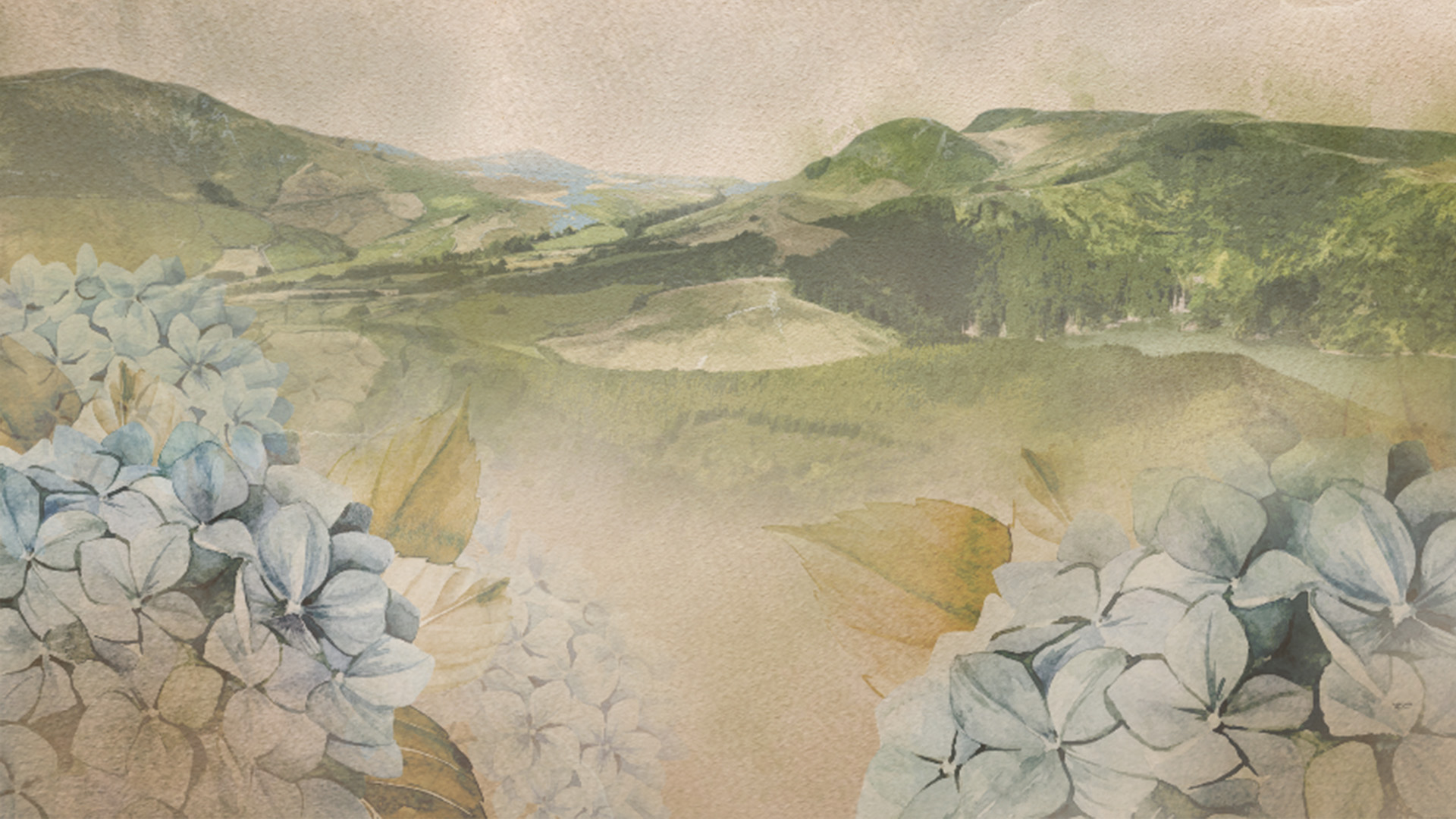Flores is one of the most beautiful islands of the Azorean archipelago, and the most western territory of Portugal and Europe. It is part of the Western Group of the Azores archipelago along with the Corvo island. It has an area of 141 km² and a population of less than four thousand inhabitants, spread out over the municipalities of Santa Cruz and Lajes.
Discovered in 1452 by Diogo de Teive, it was initially called the island of São Tomás or Santa Iria, and was later called Flores, due to the profusion of seaside goldenrod, a coastal plant, common on cliffs and sand deposits, which displays yellowish flowers, a species that was brought by migratory birds from the American peninsula of Florida.
With a territory highlighted by its rugged coastline, the island stands out for its abundant aquifers, which fill it with lakes, waterfalls and streams, which serve as a foundation for its leafy and virgin nature, where its blue hydrangeas stand out. Its highest point is Morro Alto, with 914 metres of altitude.
Influenced by the presence of Flemish settlers, like the islands of the Central Group, it was also initiated in the cultivation of woad. Whaling was another one of the bases of its economy. Much pursued by English corsairs at the end of the 16th century, Flores, like the neighbouring island of Corvo, suffered from the geographical distance in relation to the other islands of the Azorean territory, in which it was only fully integrated from the 18th century onwards.
Due to the peculiarities of its natural heritage, including the abundance of laurel forests typical of Macaronesia, as well as its scenic, geological, environmental, and cultural resources of great importance, which are associated with the adjacent marine areas, in 2009, UNESCO included Flores island in the World Network of Biosphere Reserves.
Flores Island
